CAROLINE HUMPHREY is professor emerita and director of the Mongolian and Inner Asia Studies Unit at the University of Cambridge. She is the author or coauthor of twenty previous books, most recently Urban Life in Post-Soviet Central Asia.
HRELBAATAR UJEED founded the Hrelbaatar Institute for Mongolian Studies at the Inner Mongolia Normal University and is senior research associate in the Mongolian and Inner Asia Studies Unit at the University of Cambridge.
The University of Chicago Press, Chicago 60637
The University of Chicago Press, Ltd., London
2013 by The University of Chicago
All rights reserved. Published 2013.
Printed in the United States of America
22 21 20 19 18 17 16 15 14 13 1 2 3 4 5
ISBN-13: 978-0-226-03187-3 (cloth)
ISBN-13: 978-0-226-03190-3 (paper)
ISBN-13: 978-0-226-03206-1 (e-book)
A CIP record for this title is available at the Library of Congress.

The paper meets the requirements of ANSI/NISO Z39.48-1992 (Permanence of Paper).
Transliteration
For Mongolian terms we have given the written form used in Inner Mongolia, since the spoken form differs from place to place and introduces ambiguities. We have employed the spelling in Lessings dictionary (1960) with some simplifications: and G are both represented by g; K and X are both represented by h; and the diphthongs ayi, oyi, and eyi are rendered as ai, oi, and ei. Detached letters at the end of words, usually hyphenated, have been attached (e.g., sme, not sm-e), but hyphens have been retained for case suffixes. Some of Lessings transliterations have been changed to make the letter as it is pronounced more recognizable by readers unfamiliar with his conventions: thus for we write ; for y we write ; for we write ch; for j we write y; for we write z; for z we write j. The Mongolian letter sh and s before i are both rendered as sh. Readers should note, however, that the spoken form often differs considerably from the written; thus, for example, Muna (dictionary spelling) is pronounced locally Mon.
For some words from Mongolian and other languages that have entered the English-language academic literature we have departed from the usage noted above and kept now familiar spellings (e.g., Khan, Shambhala, Sumeru, Panchen Lama, Dalai Lama, and oboo instead of obuga). Likewise, we have spelled certain place names according to modern renderings, for example, Bayannuur, Beijing, Darhan Muuminggan, Hhnuur, Hhhot, Lhasa, and Ulaanchab. For personal names we have followed the usual practice in Inner Mongolia of joining the elements we have followed the published transliteration of Mergen Gegens poem.
For Mongolian titles published in Cyrillic we have used the Library of Congress system. Chinese names and words have been transcribed according to the Pinyin and Tibetan according to the Wylie systems.
Acknowledgments and a Note on the Writing of This Book
Acknowledgments
Our greatest debt is to the lamas of Mergen Monastery, most especially to the Chorji Lama Mnghebatu, who was our host during the years of our fieldwork from 1995 to 2007. Without his welcoming us to his monastery, the numerous arrangements he made for our benefit, and his generosity and forbearance we could not possibly have accomplished our study. We owe more than we can say to the understanding that Chorji brought to our project, his sharing of problems with us, and his own honesty and patience during countless hours of conversations. We are also immensely grateful to Lubsansengge Lama, now sadly deceased. Sengge Lama gave tirelessly and generously of his wide knowledge. In a friendly sprit he patiently explained endless points of doctrine, local practice, and regional mythology. His restraint, humor, modesty, and devotion to others were vivid lessons in the life of a Buddhist monk in difficult circumstances. We would like to give special thanks also to Minggan-agula Lama and his family, who unstintingly gave us their time and attention in rituals, interviews and everyday conversations. We greatly appreciate the many paintings Minggan Lama made for us that depict his artistic vision and understanding of the deities and landscape of Mergen Monastery.
Other lamas of Mergen and the Mongolian chanting tradition were also most helpful and we would like to record our thanks to them: the Baragun Da reincarnation, Boruheshig Lama, Galluu Lama, Heshigdalai Lama, Heshigbayar Lama, Arbinjargal reincarnation, Dalantai Lama, Bayanbilig Lama, Nasansed Lama, Nasundalai Lama, Norbuu Lama, Lubsangshirab Lama, nenbat Lama, Sodnomjamsu Lama, Samtan Lama, Dampil Lama, Jongrai Lama, Altanbagana Lama, Tumenjirgal Lama, and Darja Lama. We would also like to thank Ganbaatar Lama and Bayanchimeg, who are located in Ulaanbaatar.
Our sincere appreciation goes also to many people of the lay community around Mergen, most especially to Dr. Dalantai, and also to Erhimbayar, Shirngerel, Udbalchecheg, Chasuchihir, Sechin Teacher, Lubsangshirab, and Batuchilagu. This book owes enormously to the sincerity and generosity with which they shared information and sometimes painful memories, with us. We are especially grateful to the members of Chorjis family circle for their hospitality and friendly welcome: Ulagangerel, Navchingerel, Chinggelbatu, and Erdenibatu.
Our research would not have been possible without the long-term support of Inner Mongolia Normal University. We are most grateful to President and later Party Secretary Chen Zhongyong and to current President Yang Yijiang for their unfailing support. Over the years Chen Yue, Director of the Foreign Affairs Office and Head of the International Exchange College, coordinated the administrative aspect of our research, and became a good friend in the process. The university generously provided us with accommodation, transportation, and guidance through many years of work. We would also like to acknowledge the support of Inner Mongolia University and many colleagues from its faculty.
Numerous scholars from Inner Mongolia helped us with invaluable insights and provided a wider perspective from which to understand the Mergen tradition. We would like to thank especially Professor . Naranbatu and Professor Ba. Mnghe whose long experience, expert advice and patient help with our questions on Buddhism and Urad history and culture have been of crucial value to this book. We hope we have correctly rendered the essential import of their advice, even if we were not able to include all the points of detail. Dr. Mnghebuyan provided friendly and energetic devotion to the research and carried out many interviews for us, and for this we are also very grateful. We would also like to thank specially Professor Nasunbayar, who joined us in exploring the Muna mountains and conversing with local people and throughout the project gave us the benefit of his comparative anthropological perspective. From Inner Mongolia Normal University, Professors Chen Shan, Ochi, Jaggar, and Qi Bagatur generously shared their knowledge of regional culture with us. Inner Mongolia University Professors Chimiddorji, Rashisrng, Bayarmend, Erhimbayar, and Erdenibayar gave us insight into historical and linguistic matters. All of these people were most hospitable to us in Hhhot, and we have warm memories of more generous banquets and informal dinners than we can count.




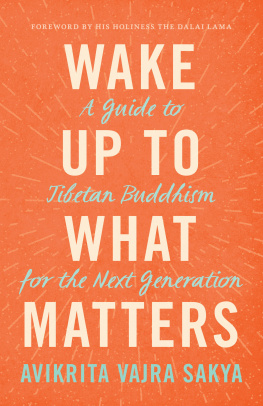
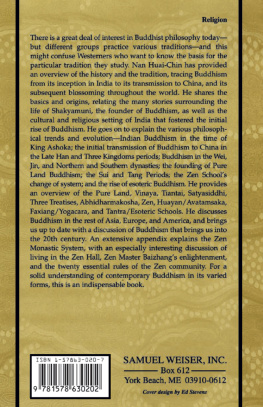
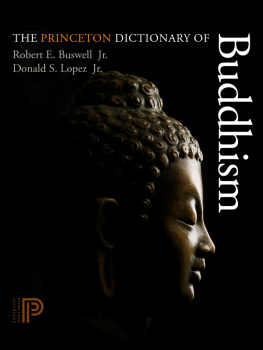
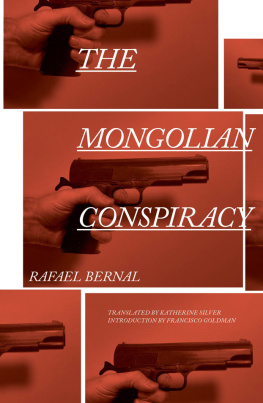
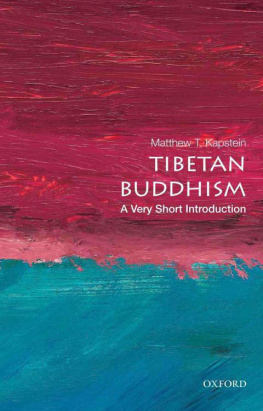
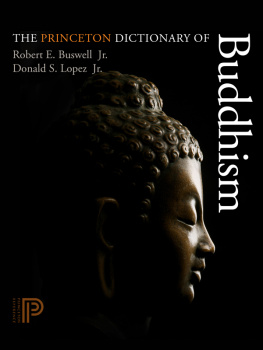

 The paper meets the requirements of ANSI/NISO Z39.48-1992 (Permanence of Paper).
The paper meets the requirements of ANSI/NISO Z39.48-1992 (Permanence of Paper).